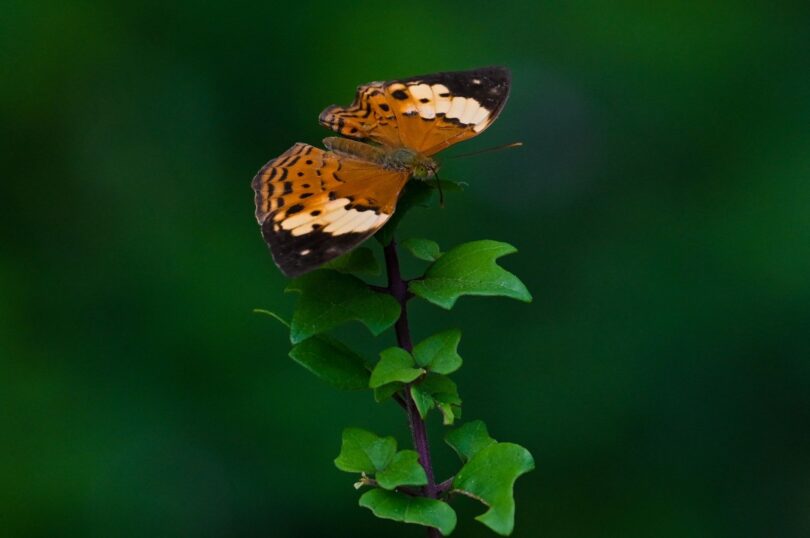PARIS (AFP) : Have you noticed there are a lot fewer butterflies around the garden? It is actual butterfly and moth populations suffering from a global insect decline, and part of the reason for it might be because of lights. Yes, artificial light is providing predatory insects with an unfair advantage in hunting caterpillars, potentially decimating the population of these insects, according to a new study.
When researchers glued fake clay caterpillars to forest leaves and punched holes in the leaves to mimic their eating habits, the dummy green larvae experienced a significantly higher attack rate when exposed to unnatural light.
The uptick is likely due to an increased abundance of light-seeking predators, higher visibility and the opportunity for daytime hunters to seek prey at night.
“Your porch light can influence the lives of insects even if they’re not fluttering around the light bulb,” lead author John Deitsch of Cornell University told Agence France-Presse (AFP).
He explained that light pollution impacts caterpillars even if they don’t flock to bright bulbs like moths or butterflies.
Both the expanding area affected by artificial light at night (ALAN) and increased brightness threaten insect biodiversity, driving changes in natural cycles that govern everything from insect reproduction to pollination and navigation.
Earlier research has shown that light pollution increases the vulnerability to predation of other insect species, such as adult moths. Still, the new study is the first to observe impacts on early life stages.
Nocturnal light pollution is probably affecting caterpillar populations, said the authors.
Energy vs. biodiversity
Nearly half of the over 500 clay caterpillars deployed showed predatory marks from forest dwellers, including birds, beetles and spiders. More attacks occurred when the predators had a guiding light.
Caterpillars are critical members of the food web; many feed at night, decreasing the risk of becoming a bird’s or bat’s snack.
The type of lightbulb can also play a role in predation, according to the findings. Energy-efficient LED lights – altering the intensity and directionality of light pollution – can employ a much sharper white light compared to the low-pressure yellow-orange glow of older streetlights.
The study reported a 9% higher predation rate in the presence of artificial light – strong enough to overcome changes such as temperature or lunar phases.
But the researchers acknowledged that dummy caterpillars could only provide a proxy for actual attack rates, which might be lower due to anti-predation tactics such as rolling off leaves or higher if predators are attracted to movement.
In 2019 scientists warned of an “insect apocalypse” after concluding that nearly half of all insect species worldwide are in decline and a third could disappear altogether by century’s end.
In many cases, ALAN is a substantial driver of insect loss.
But unlike other environmental pollutants that linger, light pollution can be turned off with the flick of a switch, said Deitsch.
He called for reducing nonessential lighting, switching bulbs and reducing light spillover into natural habitats as “simple steps” that could be taken.







